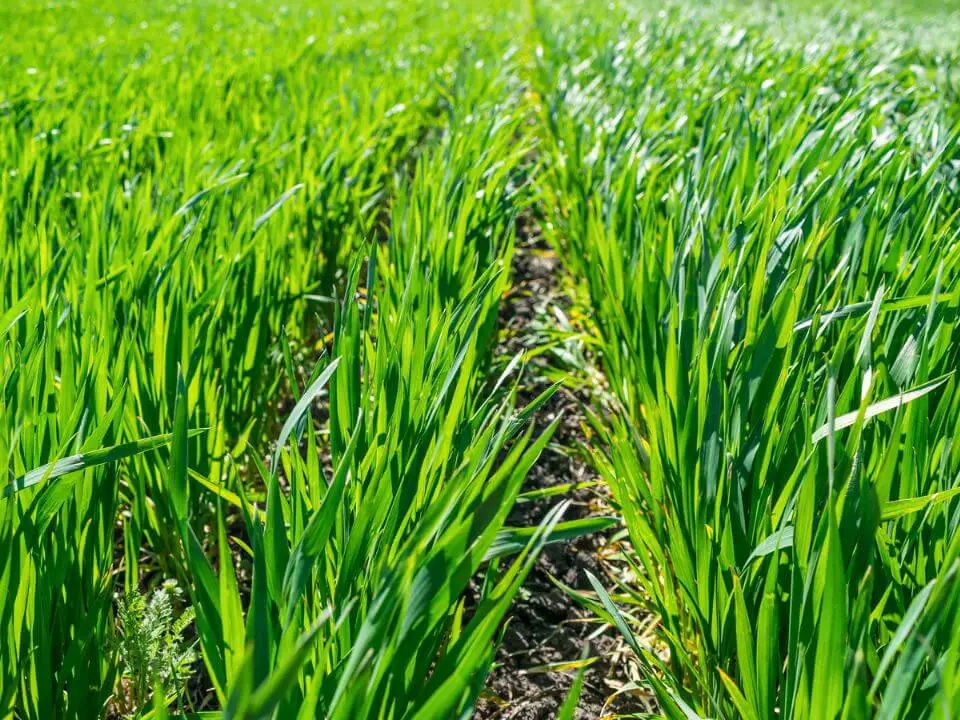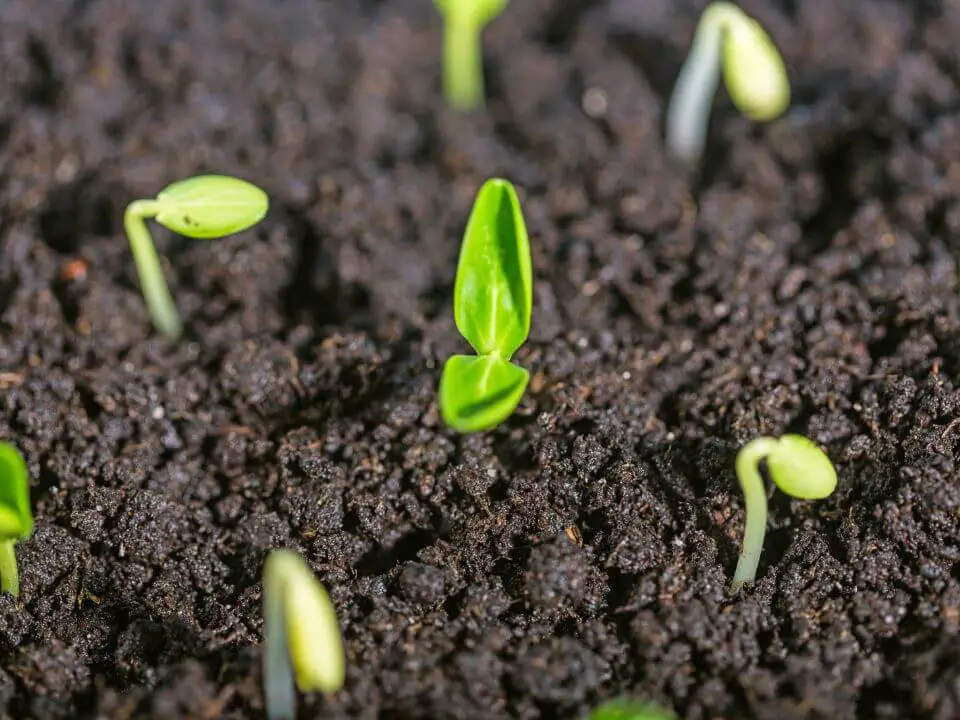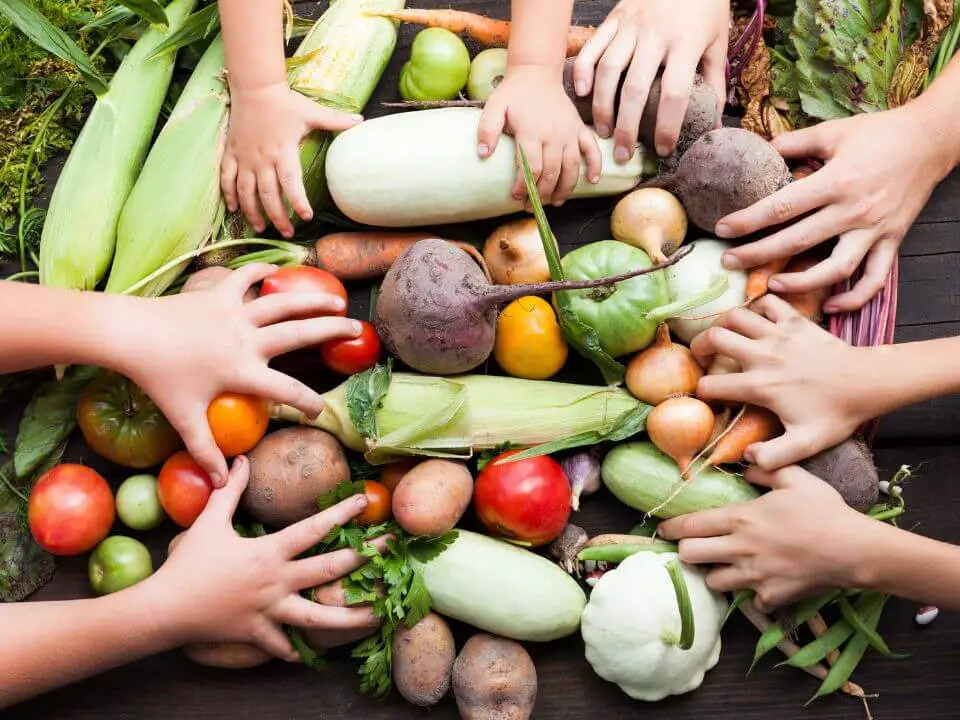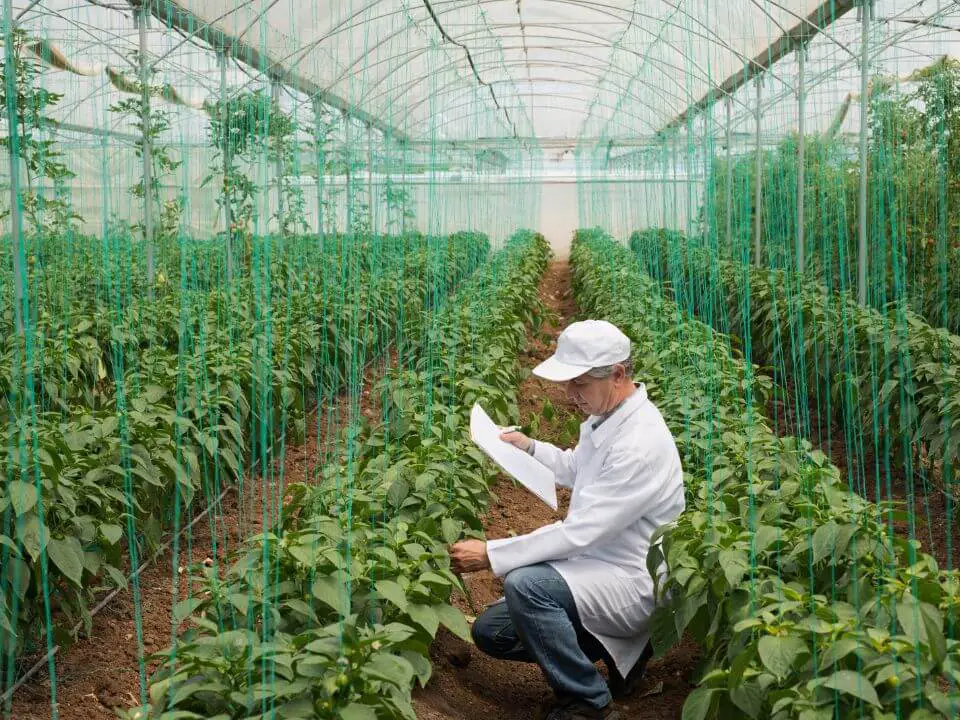Regenerative agriculture is a holistic approach to food production that builds on traditional farming practices. It emphasizes the need to work with nature, rather than against it, in order to create a more sustainable and resilient food system.
It is also is a type of land management that seeks to regenerate degraded soils and ecosystems by using techniques such as cover crops, composting, no-till farming, and rotational grazing. These practices can help to improve soil health, increase biodiversity, and sequester carbon. Regenerative agriculture has the potential to mitigate some of the negative impacts of industrial agriculture, which include soil erosion, water pollution, and greenhouse gas emissions.
What is Organic Regenerative Agriculture?
Organic regenerative agriculture is a system of farming that works with nature to build healthy soils, regenerate ecosystems and support thriving communities. It is an approach to food production that mimics nature’s patterns and cycles, and regenerates the land on which it is practiced.

Organic regenerative agriculture has been gaining popularity in recent years as more people become aware of the importance of sustainable food production. This type of farming not only benefits the environment, but also produces healthier food for consumers. Regenerative agriculture has been shown to improve soil health, increase crop yields, reduce water use and promote biodiversity. Additionally, it can help sequester carbon dioxide from the atmosphere, helping to combat climate change.
There are many reasons to choose organic regenerative agriculture over conventional methods of farming. Not only does it have a positive impact on the environment, but it also supports local economies and provides healthier food for consumers
What are Regenerative Agriculture Practices?
There are many different regenerative agriculture practices, but some of the most common include:
- using cover crops and green manures to improve soil health
- rotational grazing to restore grasslands
- agroforestry systems that integrate trees into traditional farming landscapes.

Adopting regenerative agriculture practices can have numerous benefits for both farmers and the environment. These practices can help improve soil health, increase crop yields, reduce water use, and build resilience in the face of climate change. They also provide an alternative to industrial-scale farming operations that often rely on harmful chemicals and degrade natural resources.
How Regenerative Farming Works?
The three main pillars of regenerative agriculture are:
Soil health
Soil health is key to regenerative agriculture. Healthy soils are teeming with life – they contain billions of microbes that help plants access nutrients, regulate water retention, and protect against pests and diseases. By mimicking nature’s design, farmers can build soil health through practices like cover crops, no-tillage systems, composting, and rotational grazing. These practices help increase organic matter in the soil which leads to improved water infiltration rates, increased nutrient availability for plants (including nitrogen), better drought tolerance, and greater resilience to extreme weather events such as floods or droughts.

Biodiversity
Biodiversity is another important aspect of regenerative agriculture. A diverse range of plant species helps support a diversity of insects , fungi , bacteria , animals – all working together in an ecosystem . This biodiversity helps improve soil fertility by providing essential nutrients through decomposition , while also helping control pests naturally . Crop rotation systems that include legumes (such as beans or lentils ) can also help replenish nitrogen levels in the soil .
🔬 Subscribe to SciMail
Get the latest science discoveries straight to your inbox!

Carbon sequestration
Carbon sequestration is perhaps one of the most important benefits associated with regenerative agricultural practices . Soils have the ability to store large amounts atmospheric carbon dioxide (CO2). Through photosynthesis , plants take in CO2 from air and convert it into organic matter which then becomes stored in soils . When these management practices are implemented correctly , it has been shown that they have potential to reverse climate change by reducing atmospheric CO2 concentrations while simultaneously increasing crop yields
Why Regenerative Agriculture is the future of sustainable food?
As the world’s population continues to grow, it is becoming increasingly important to find sustainable ways to produce food. Regenerative agriculture is a type of farming that focuses on rebuilding soil health and improving water retention. This helps to create a more efficient and sustainable system that can better withstand drought and other environmental stressors. In addition, regenerative agriculture can help reduce greenhouse gas emissions by sequestering carbon in the soil.

There are many benefits of regenerative agriculture, but perhaps the most important is that it has the potential to help us feed the world’s growing population in a sustainable way. As we look for ways to reduce our impact on the environment, regenerative agriculture provides a promising solution for producing food in a way that doesn’t sacrifice our planet’s limited resources.
What is bad about Regenerative Agriculture?
While it has many benefits, there are also some drawbacks to this type of agriculture.
- One downside to regenerative agriculture is that it can be more expensive than traditional farming methods. This is because farmers need to invest in things like cover crops and other soil-building practices.
- Additionally, regenerative agriculture often requires more labor than conventional methods, which can also drive up costs.
- Another potential issue with regenerative agriculture is that it may not be suitable for all types of farms or climates. For example, if a farm has very sandy soil, it might not hold onto nutrients as well as a farm with clayey soil would. Additionally, some farmers in very dry regions may find it difficult to implement regeneration practices without irrigation .
Despite these challenges, regenerative agriculture offers many benefits that make it worth considering for any farmer interested in sustainable and environmentally friendly practices .
How much does Regenerative Farming cost?

The most important cost associated with regenerative farming is the investment in time and labor required to implement these practices. Farmers must be willing to change their management style and learn new techniques, which can take some time to perfect. In addition, many regenerative methods are still being perfected, so there is some risk involved in adopting these practices before they are fully understood. However, as more farmers begin to adopt these techniques we will continue to see improvements in efficiency and effectiveness.
In terms of monetary costs, Regenerative Agriculture Alliance estimates that implementing basic regeneration strategies on a one acre farm would cost between $500-$1000 per year . This includes costs for cover crops, composting systems, fencing materials (if needed), etc. These upfront investments are often offset by increased yields and improved soil health over time – making regenerative farming a wise investment for those looking to create a more sustainable future for our food system
Why Regenerative Agriculture is important?
The main goals of regenerative agriculture are to:
- Improve the health of soils by increasing organic matter and improving soil structure
- Enhance ecosystem services such as water filtration and storage, carbon sequestration and pollination
- Increase farmer resilience in the face of climate change by diversifying crops and building on natural systems

There are many benefits of regenerative agriculture. Perhaps most importantly, it has the potential to help us reverse some of the damage we have done to our planet through years of intensive farming practices. It also has considerable economic benefits for farmers, as it can help reduce inputs costs while improving yields. In addition, regenerative agriculture can create jobs in rural communities and support local economies.


Leave a Reply